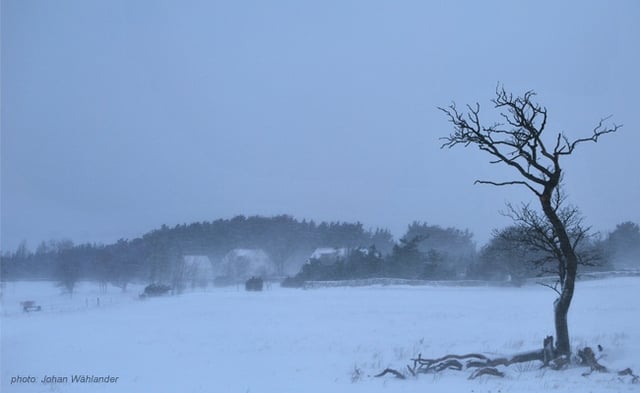Songwriting Tip: Use Other Keys Than Major & Minor!
by Johan Wåhlander & Jan Sparby 
This book excerpt explores the opportunities for communicating differens emotions presented by the less used diatonic scales, and looks at what flavor their character tones bring in (each scale has one tone that stands out).
____________________________
Guest Post excerpted from the newly released e-book Songwriting: Get Your Black Belt In Music & Lyrics
Use Other Keys Than Major & Minor!
Try other flavors than the ones you get from the major keys or the natural minor keys (with variations). There are five additional diatonic scales that can be used for basing your songs on. Four of them can be used for making songs with chord sequences, and the fifth is great for songs without chord sequences (modal music). Here they are:
Dorian (white keys from the note d) sample song: Mad World by Roland Orzabal (Tears For Fears). The raised sixth scale degree makes it less gloomy than a Natural minor key.
Phrygian (white keys from the note e) sample song: Down With the Sickness by Disturbed. The lowered second degree brings in quite a lot of attitude.
Lydian (white keys from the note f) sample song: Dreams by Stevie Nicks (Fleatwood Mac). The raised fourth degree creates a dreamlike yet restless atmosphere.
Mixolydian (white keys from the note g) sample song: Belfast Child by Jim Kerr (Simple Minds). The lowered seventh degree makes it considerably less cheerful than a Major key. Also, as you can hear in this song, it blends well with the blues scale.
Locrian (white keys from the note b) sample song: The Evil Has Landed by Testament (deviates from the scale at 1:03). The locrian scale has the most potential for sadness/gloom when used in a low energy setting, and fury/rage when used together with fast a tempo and furious drumming. Due to its lowered fifth degree, The Locrian scale is a bit difficult to handle though. This you’ll notice as soon as you try using your regular chord sequences. If you stick with the first scale degree as the tonal center you’ll be fine! Make use of riffs, ostinatos, melodic lines and harmonies. Read more about this topic and how to apply various techniques in the e-book ”Songwriting: Get Your Black Belt In Music & Lyrics”.
To enter the 21st Annual USA Songwriting Competition, go to: http://www.songwriting.net


